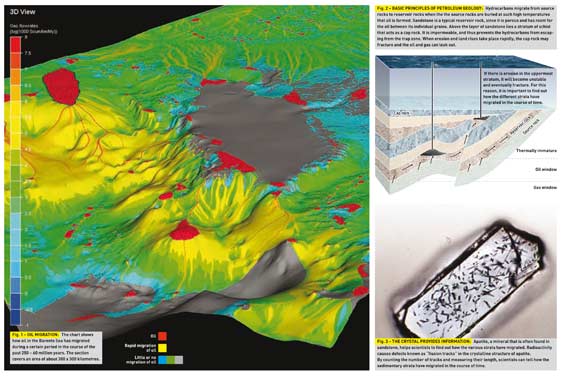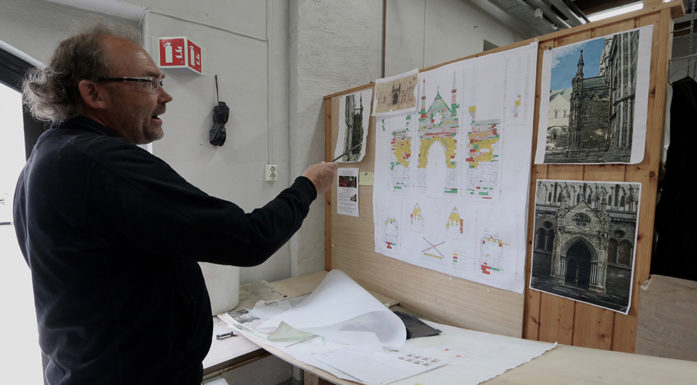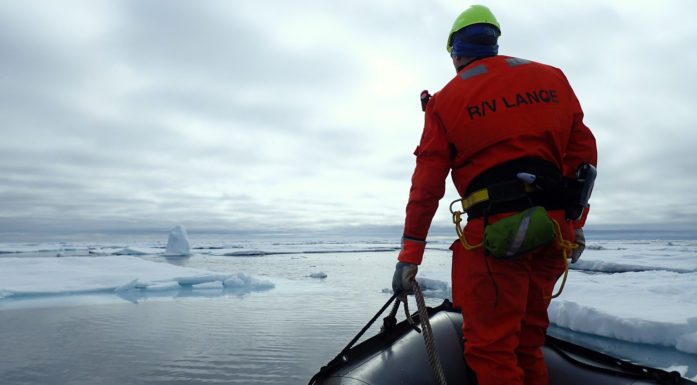Why so few petroleum discoveries in the Barents Sea?
Although the Barents Sea probably contains a large proportion of the world’s petroleum resources, oil companies are having problems finding oil and gas.
Sixty-five exploration wells have been drilled in the part of the Barents Sea in where the Norwegian Petroleum Directorate has estimated some one billion cubic metres oil equivalent lie hidden. Nevertheless, very few discoveries worth developing have been made. The first well was drilled in 1980. Snøhvit was found four years later, and Goliat in autumn 2000.
The reason for the paucity of discoveries is probably erosion during earlier epochs. “Post-glacial rebound” and erosion have taken place at different times and from a variety of causes. The past ten million years has seen several periods of glacier formation, and their melting has led to erosion and rising land level. Altogether, sediment thicknesses of up to several kilometres have been eroded away.
This has led the schist deposits in the upper strata to fracture, and the oil has leaked out. SINTEF Petroleum Research has already modelled the whole of the Barents Sea basin to find the most promising areas for exploration. A study carried out last year has been sold to 19 small and medium-sized oil companies as a basis for their own exploratory activities.
However, the scientists wish to study the material in more detail in order to reach a better understanding of how oil leaked out in some places and not in others. An ongoing Strategic Institute Programme (SIP) that will continue until 2011 will improve their knowledge of the underlying geological processes involved.
Based on such knowledge, scientists can produce erosion maps, which they can utilize as input for further modelling oil migration or pressure profiles (Figure 1). They can also map smaller areas of the Barents Sea where petroleum is found today, to compare such areas with others where leakages and erosion have been observed.
TEXT: Åse Dragland




